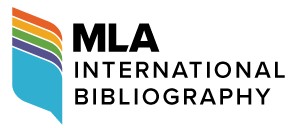Abstract
The painting Feeding Cranes by Lin Binri, Lin Zexu's father, was passed down in the family. Lin Zexu carried it around seeking accompanying inscriptions and poems for over 20 years and turned it into a display of the self-images of two generations in the Lin family. Feeding Cranes integrates two layers of image codes of the pine and stone as well as the white cranes to express personal aspirations. The additional images and poems by later generations paid tribute to the original, while adding a layer of tension between the paintings and the texts. Feeding Cranes focuses on the crane as its main subject, which undergoes in poems a transformation from expressing the thought of seclusion to the idea of serving the people as an official. Such transformation implies the political significance and the influence of the times. The three peaks of adding inscriptions on Feeding Cranes are tied to Lin Zexu's career experiences, which also show the spiritual connotation of a generation of intellectuals in the reform period. The reminiscence of relatives and the past, the expression of emotions between the owner and the literary circle around him, and the record of historical events around the Opium War are all presented in Feeding Cranes. The cultural significance of this kind of picture scroll is worth investigating.
Keywords
Feeding Cranes, Lin Zexu, poems inscribed on paintings, text-image relationship
First Page
155
Last Page
164
Recommended Citation
Bai, Jingfei. 2025. "Reminiscences and Reflections: An Analysis of Lin Zexu's Heirloom Scroll Feeding Cranes." Theoretical Studies in Literature and Art 45, (4): pp.155-164. https://tsla.researchcommons.org/journal/vol45/iss4/15


